Your DAHON folding bike is built for convenience and performance. To keep it running smoothly and safely, follow this straightforward folding bike maintenance guide. Whether you're new to folding bike care or looking for a complete folding bike tune-up checklist, these 8 practical steps will show you how to maintain a folding bike and keep it in perfect condition.

Step 1: Check the Hinges and Latches (The 1-Minute Pre-Ride Check)
The folding hinges are the most important part of your bike. For safety, check them before every ride.
⚠️ Important Safety Warning: What Can Happen If Hinges and Latches Aren't Secure
Folding bike hinges carry all the weight and pressure when you ride. Unlike regular bikes, folding bikes depend on latch systems to stay solid. Even a little bit of looseness can quickly get worse from riding vibrations.
If hinges and latches aren't properly locked, the frame could suddenly fold while you're riding, making you lose your balance and crash. This is especially dangerous when going fast or turning.
A loose handlepost can make steering fail, which could cause broken bones, cuts, or head injuries.
Loose hinges can also cause metal to wear out and break permanently, leading to expensive repairs or replacements. Plus, wobbly handlebars make steering less accurate, making your ride unstable and hard to control.
How to Check:
First, look closely at the main frame hinge and handlepost latch to make sure there's no dirt or debris in the parts. Next, clean the surfaces by quickly wiping the latch contact areas with a dry cloth - a clean connection is a strong connection. Then close the latch firmly - you should hear a clear "click" and see that it's fully locked. For DAHON's ViseGrip™ latches, make sure the lever is flat and tight. Finally, test it by pushing and pulling hard on the handlebars and frame - nothing should move or wiggle. If you feel any looseness, don't ride the bike. Follow your manual to adjust the latch tension or see a mechanic right away.
Remember: This 1-minute check could save your life. Do it before every ride, no exceptions.
Step 2: Check the Brakes
Your ability to stop safely depends completely on your brakes. This is a critical part of folding bike care.
Know Your Brake Type
Before checking, find out which type of brakes your bike has.
How to tell: Look at the wheel center - if there's a metal disc, you have disc brakes; if you see V-shaped metal arms holding the rim, you have V-brakes.
- V-brakes have V-shaped metal arms on both sides of the wheel, with rubber pads that squeeze the rim. They're simple, easy to maintain, and common on entry-level and mid-range folding bikes.
- Disc brakes have a metal disc at the wheel center, with calipers that squeeze the disc to stop. They work well in all weather and are common on higher-end folding bikes.
V-Brake vs Disc Brake Comparison
| Feature | V-Brake | Disc Brake |
| Where It's Located | Sides of the wheel on the frame/fork | Center of the wheel hub |
| How It Works | Rubber pads squeeze the rim | Brake pads squeeze a metal disc |
| How Easy to Fix | Simple, can do it yourself | More complicated, hydraulic needs special tools |
| How to Check Pads | Look for rubber wear lines | Measure thickness (at least 1.5mm) |
| What to Watch Out For | Keep the rim clean | Keep oil away from the disc |
Check How the Brake Feels
Squeeze both brake levers. They should feel firm and stop at least 2.5 cm (1 inch) away from your handlebar grip. If they feel soft or touch the grip, they need to be adjusted right away.

Check Brake Pad Wear
For V-brakes, look at the rubber brake pads - if you can't see the grooved wear lines anymore, they're worn out and need to be replaced. For disc brakes, the brake material should be thicker than a credit card, at least 1.5mm. If it's thinner, you need new pads.
Check Brake Pad Position (V-Brakes Only)
When you squeeze the brake, the whole pad should press flat against the wheel rim. It shouldn't touch the tire (which could cause it to blow out) or hang below the rim.
Step 3: Check Bolts and Quick-Releases
Shaking from riding can sometimes loosen important bolts. A quick check stops parts from moving when they shouldn't. This is an essential step when learning how to maintain a folding bike. Use a multi-tool to make sure these parts are tight.
Check the handlebar and stem for looseness or turning - if you find any, tighten the bolts at the handlebar center and where the handlepost connects. Check wheels for side-to-side wobbling - make sure axle nuts or quick-release levers are locked tight. Check the seat and seatpost for tilting, spinning, or sliding down - tighten the clamp right under the seat and check the seatpost quick-release lever. Check crank arms and pedals for looseness or wiggling - shake the pedals; if the arms move from side to side, the bottom bracket needs a mechanic's help.
"M-Check Method"
Draw the letter 'M' over your bike with your eyes and hands: start from the front wheel axle, go up to the handlebars, down to the pedals and crank, up to the seat, and finally down to the rear wheel axle, checking all bolts as you go. This gives you a quick but thorough check.
Step 4: Check Tire Pressure
The right tire pressure is key to riding efficiently and preventing flat tires on a folding bike.
Check the Pressure
Find the recommended pressure range (like "65-95 PSI" or "4.5-6.5 bar") printed on the side of your tire. The best way is to use a pump with a gauge to fill your tires within this range. These floor pumps are available at German bike shops or online for 20-50 euros and give you the most accurate results. Check at least once a week.
If you don't have a gauge, you can use the "thumb press method" for a basic check. Press the tire firmly with your thumb - if you need to push hard to press it down a little, and it feels firm and springy, the pressure is good. If it presses down easily and feels soft, you need to add air. If you can barely press it and it feels rock-hard, you need to let some air out.
Keep in mind that the thumb press method only gives you a rough idea and can't guarantee exact pressure. For the best riding performance and safety, it's worth buying a pump with a gauge. Signs while riding can also help you tell: low pressure makes riding feel hard and slow, and you're more likely to get flats; high pressure makes riding bumpy and uncomfortable; good pressure makes riding smooth and easy.
Check for Damage
Quickly look over the tire tread for stuck glass, sharp rocks, or cuts. Check the sidewalls for cracks. Remove anything you find.

Step 5: Clean and Oil the Chain
A clean chain is a quiet, efficient chain that shifts smoothly and lasts longer. Knowing how to clean a folding bike chain properly is an important part of folding bike maintenance.

When Does the Chain Need Cleaning?
- After riding in the rain, because water brings mud and washes away oil
- After riding on dusty roads or near construction areas, as sand creates grinding dirt
- When the chain looks really black or has "black oily gunk"
- Every 2-3 weeks of regular riding, even on clean roads, dust builds up slowly
- When riding makes strange noises or feels rough, possibly from dirt or a lack of oil
Warning Signs Your Chain Is Damaged:
- Rust spots on the surface (especially during Germany's rainy fall and winter)
- Poor shifting or "clicking" sounds while riding
- Some chain links move stiffly and don't bend easily
- Severe chain wear, stretching, or damage
How often to do this: every 2-3 weeks for dry weather city riding, right after rain or dusty riding, every 1-2 weeks during German fall and winter (October-March).
How to Clean
First, remove old grease by spraying degreaser on the chain and gears, use a brush to scrub off all the old black gunk, and wipe clean with a rag until the chain looks clean. Then add oil - once the chain is dry, put one drop of chain oil on each chain link roller, pedal backward a few times to let the oil work in. Finally, wipe off extra oil: use a clean rag to firmly wipe the outside of the chain. Remember, oil is needed inside the rollers, not outside where it collects dirt.
Step 6: Take Care of the Seatpost and Handlepost
The problem is that when you adjust the seatpost or handlepost, dirt and grit get pulled into the frame, causing scratches and poor grip. The fix is to fully pull out the posts after dusty or wet rides and wipe them clean with a rag. This takes just 10 seconds and keeps adjustments smooth and secure. This simple folding bike care step can prevent major problems down the line.

Step 7: Clean the Bike Frame
Regular cleaning not only makes your bike look good but also helps you spot potential problems like frame cracks, loose bolts, or worn parts. Learning how to clean a folding bike properly is crucial for maintaining its long-term care.
For daily city riding, clean 1-2 times per month; after riding in rain or on muddy roads, clean as soon as you can. Folding bikes require special attention - wipe them down quickly before folding and storing to prevent dirt from getting into the hinges.
What You Need
Get a bucket, warm water, and regular dish soap or bike cleaner, sponge or soft cloth, old toothbrush, dry towels, and optional anti-rust spray.
How to Clean
- After putting the bike somewhere stable, use low-pressure water or a damp sponge to wipe the whole bike to remove surface dust. Never use a high-pressure water spray - it will damage bearings and hinge seals. Add warm water and dish soap to the bucket. Use a sponge to apply soapy water to the frame, fork, handlebars, seatpost, and fenders. Use an old toothbrush to clean detailed areas around hinges, brake parts, gears, pedals, and spokes.
- When cleaning tires and rims, V-brake users need to carefully clean the rim braking surface to remove oil and grease; disc brake users should keep cleaner away from brake discs and pads cleaner. Rinse all soapy water completely with clean water, making sure there's no leftover soap in hinges and inside the seatpost.
- Dry the whole bike with a dry towel, paying special attention to parts that rust easily: chain, all bolts, hinge parts, brake and shift cables, and seatpost insertion areas. Let the bike air dry for 15-30 minutes in a place with air flow. After cleaning, oil the chain again, lightly spray anti-rust spray on the outside of the hinges, and check cables for rust.
Important Reminders
Never use high-pressure water sprays, strong acid, or chemical cleaners; don't store it wet; don't scrape the paint with rough brushes; don't let the cleaner touch the brake system. For folding bikes, make sure hinge areas are completely dry after cleaning; it's best to fully remove seatpost and handlepost, dry inside and outside, then put them back.
Step 8: Know When to See a Professional
DIY folding bike maintenance is great, but some jobs need special tools and knowledge. A professional folding bike tune-up may be necessary for your safety. See a certified mechanic for:
- Adjusting wheel spokes (truing)
- Servicing bearings in wheels, headset (steering), or bottom bracket (crank area)
- Bleeding hydraulic disc brakes
- Replacing brake or gear cables
- Any hinge problems you can't fix with simple adjustments
Appendix: Folding Bike Maintenance Schedule and Tool List
Folding Bike Maintenance Schedule
Use this folding bike tune-up checklist to stay on top of your folding bike care routine:
| What to Do | Before Each Ride | Weekly | Monthly | Every Few Months | Yearly or When Needed |
| Check hinges and latches | ✓ | ||||
| Check the brake system | ✓ | ||||
| Check tire pressure | ✓ | ||||
| Check bolt tightness | ✓ | ||||
| Clean/oil chain | Every 2-3 weeks | Right after rain | |||
| Clean the seatpost and handlepost | After dust/rain | ||||
| Deep clean frame | ✓ | Right after mud | |||
| Fix wheel wobble | When needed, see a professional | ||||
| Service bearings | Once a year, see a professional | ||||
| Replace brake/shift cables | When worn, see a professional |
Basic Folding Bike Maintenance Tool List
Every folding bike owner should have these basic tools and supplies for proper folding bike care:
- Floor Pump with Pressure Gauge
- Multi-Tool (with Hex Keys)
- Bike Degreaser
- Chain Oil / Chain Lube
- Cleaning Rags / Brush Set
These tools cost about 50-80 euros total but let you do 90% of regular folding bike maintenance yourself, saving you a lot on repair costs and making your bike last longer.
Conclusion
Regular folding bike maintenance doesn't have to be hard. Following this folding bike tune-up checklist and understanding how to maintain a folding bike keeps your bike safe, efficient, and always ready for your next trip. Use the maintenance schedule to build your own folding bike care routine, get the items from the basic tool list, and you'll be able to easily handle most maintenance needs. Whether you're learning how to clean a folding bike or performing a complete tune-up, these 8 steps cover everything you need.
For professional service or genuine DAHON parts, visit your nearest authorized DAHON dealer.









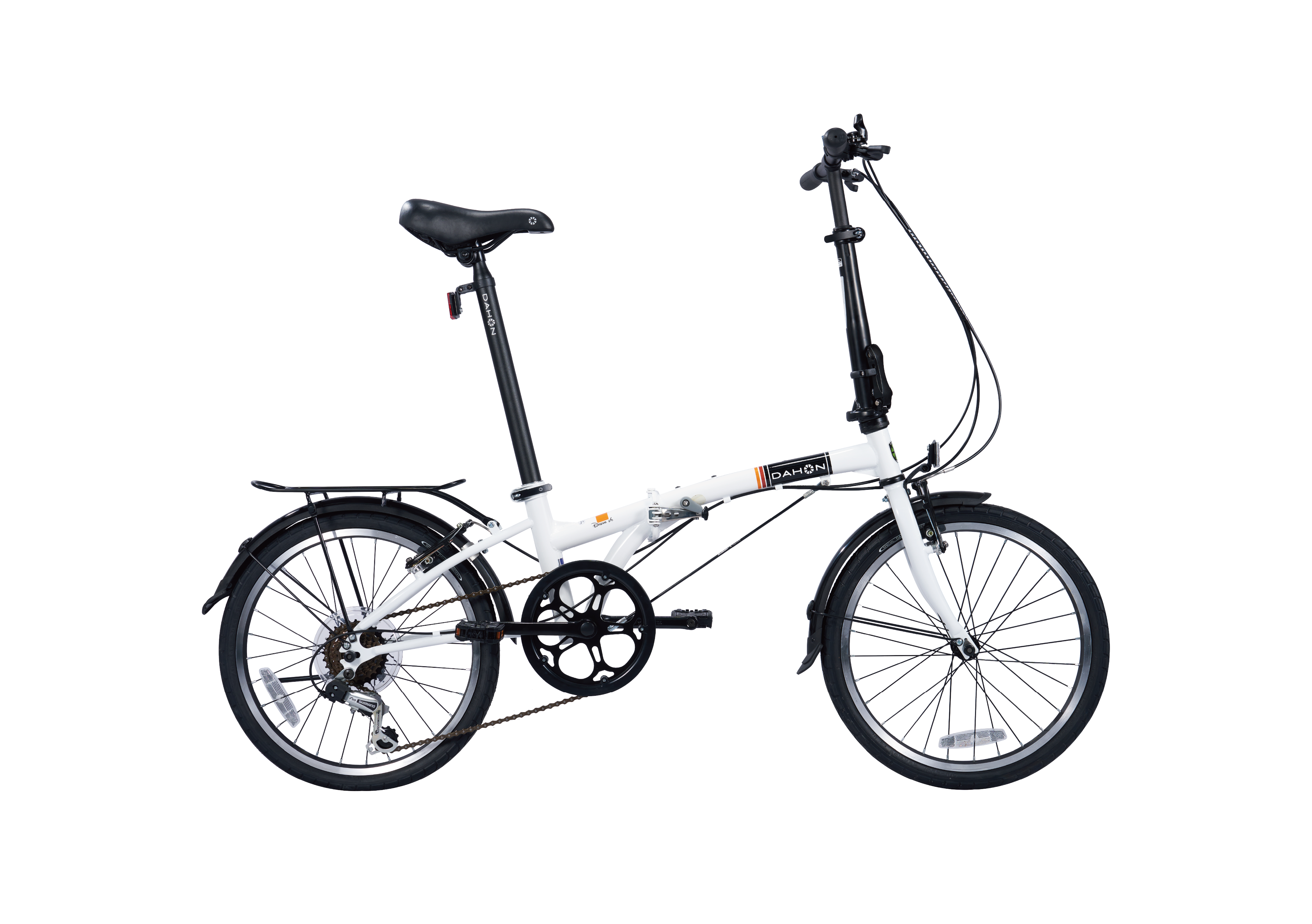

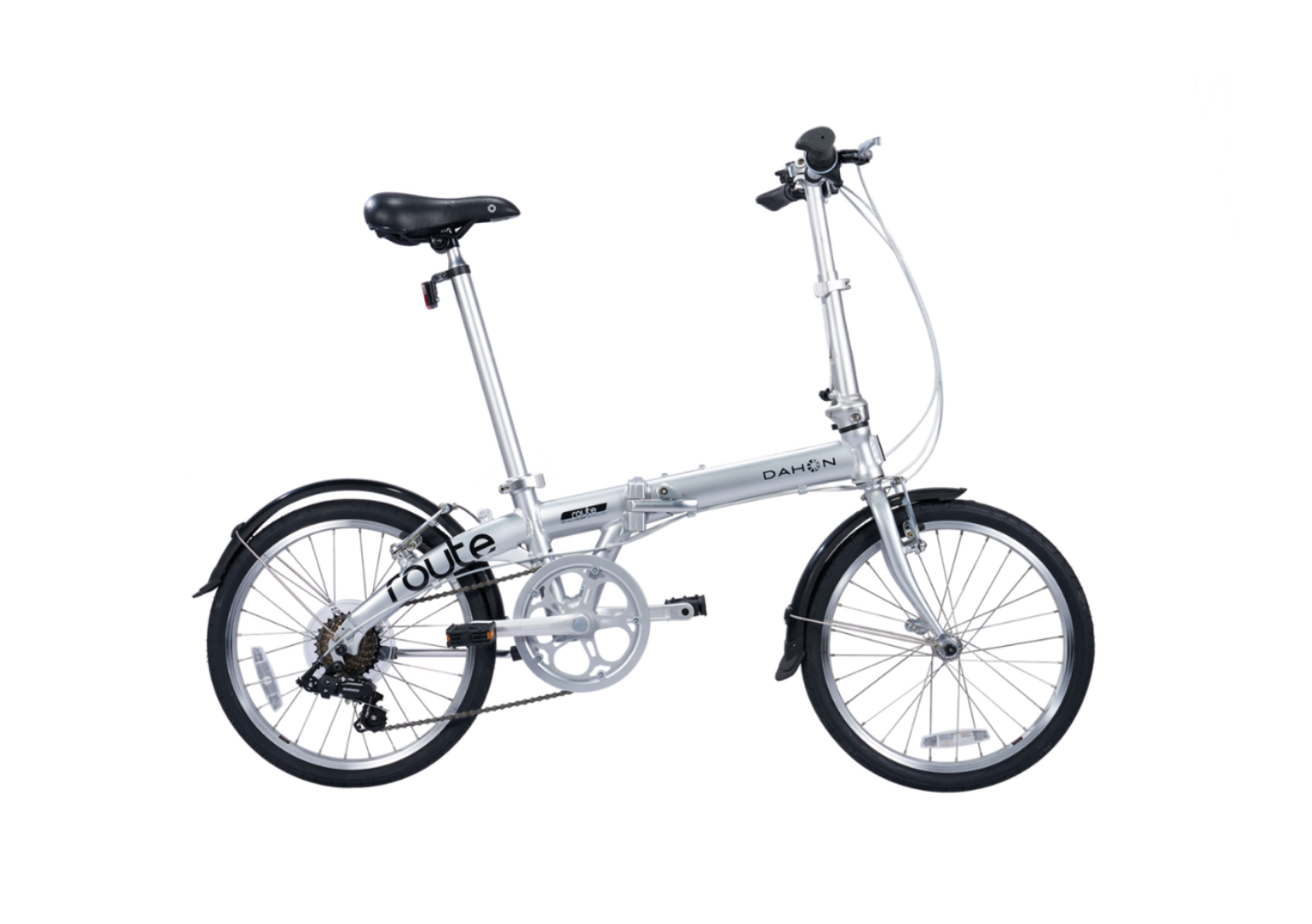




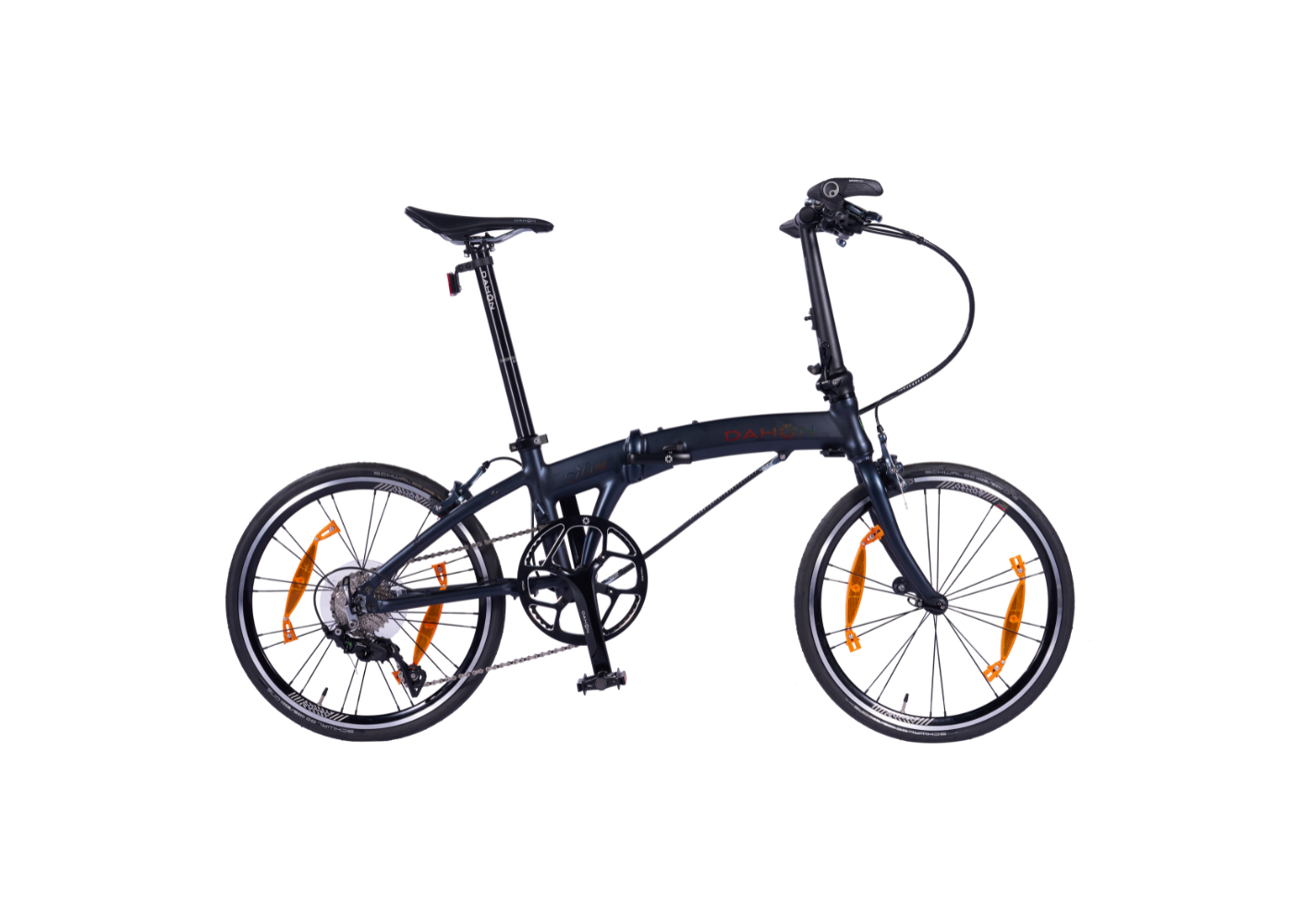
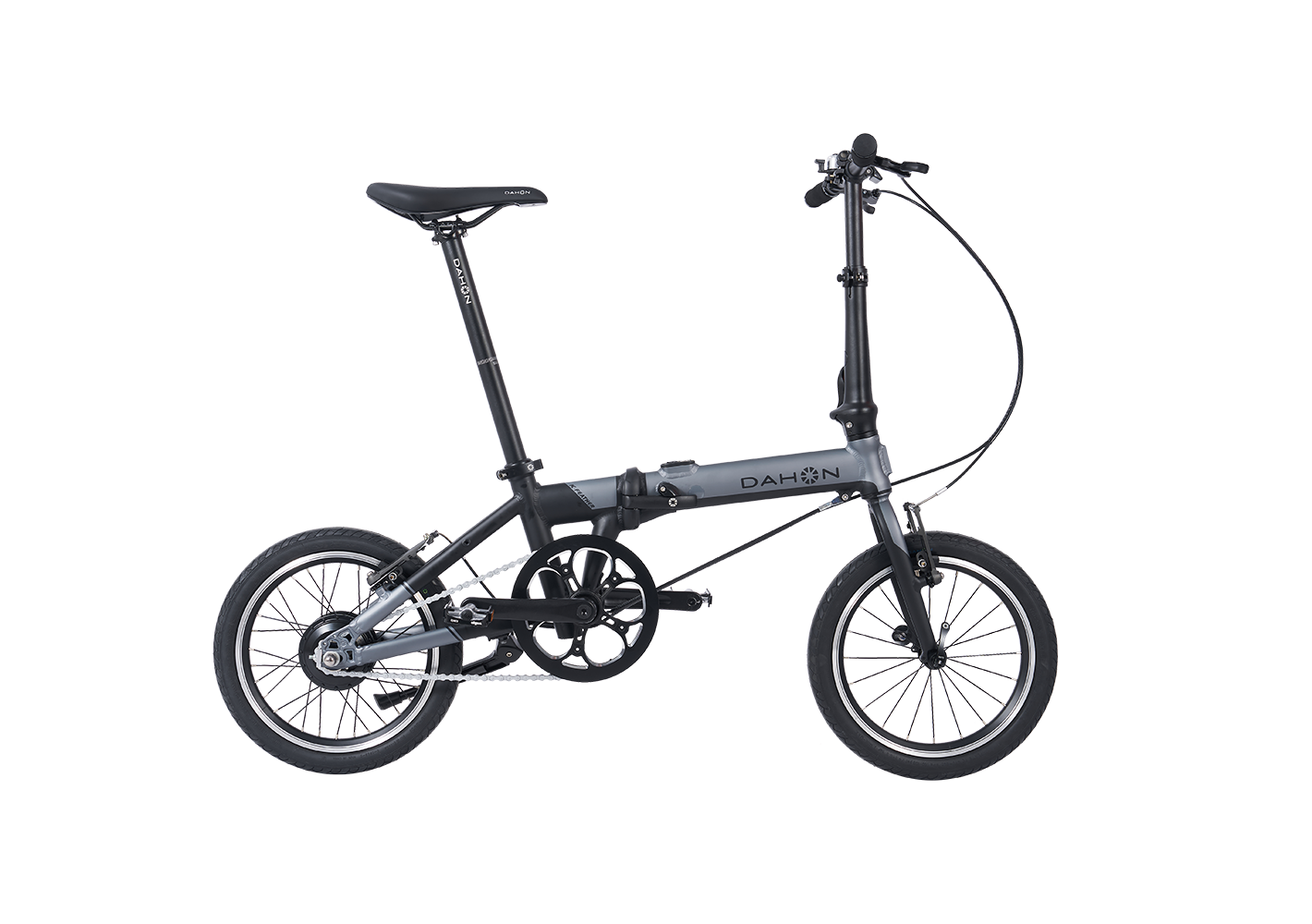

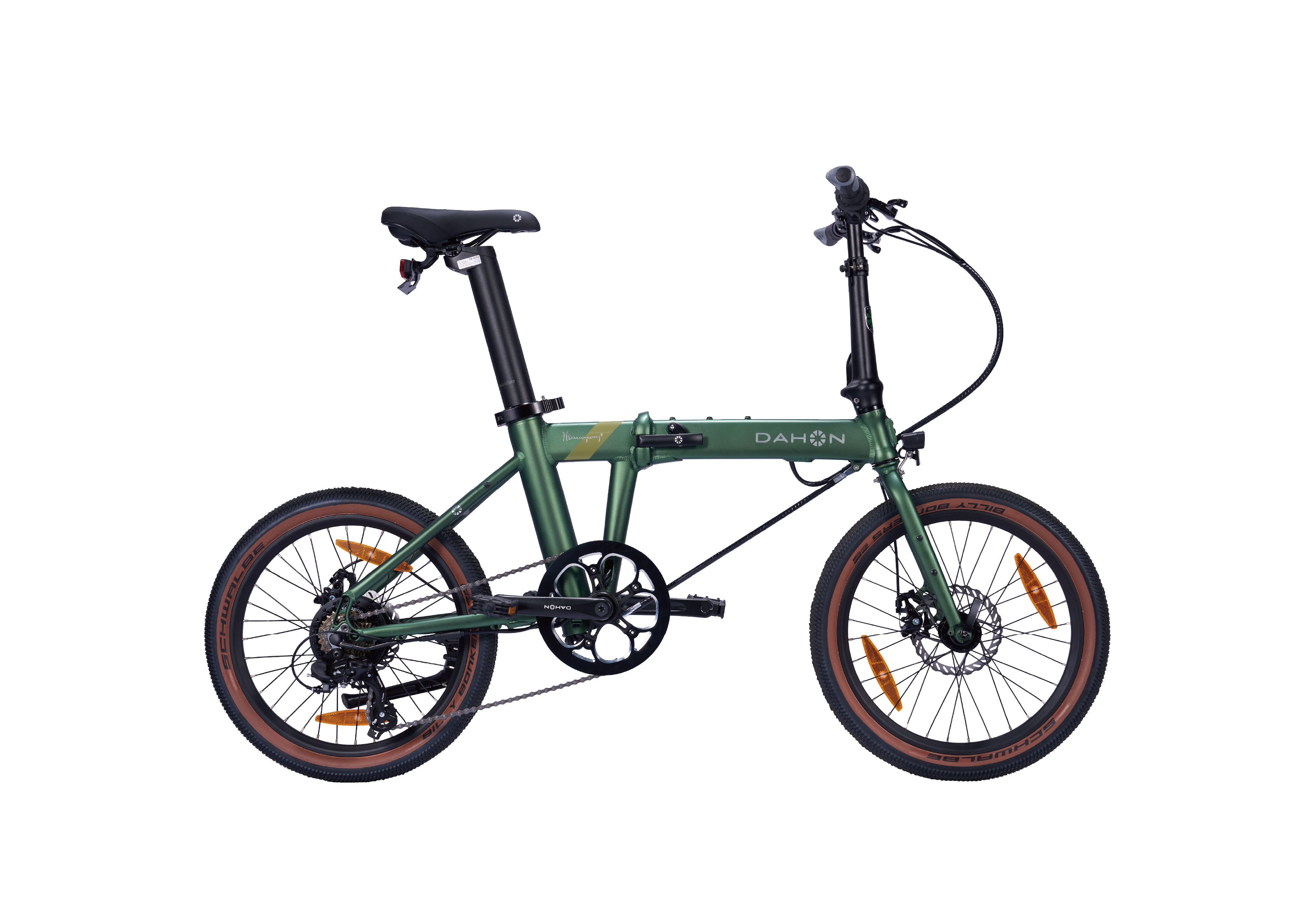
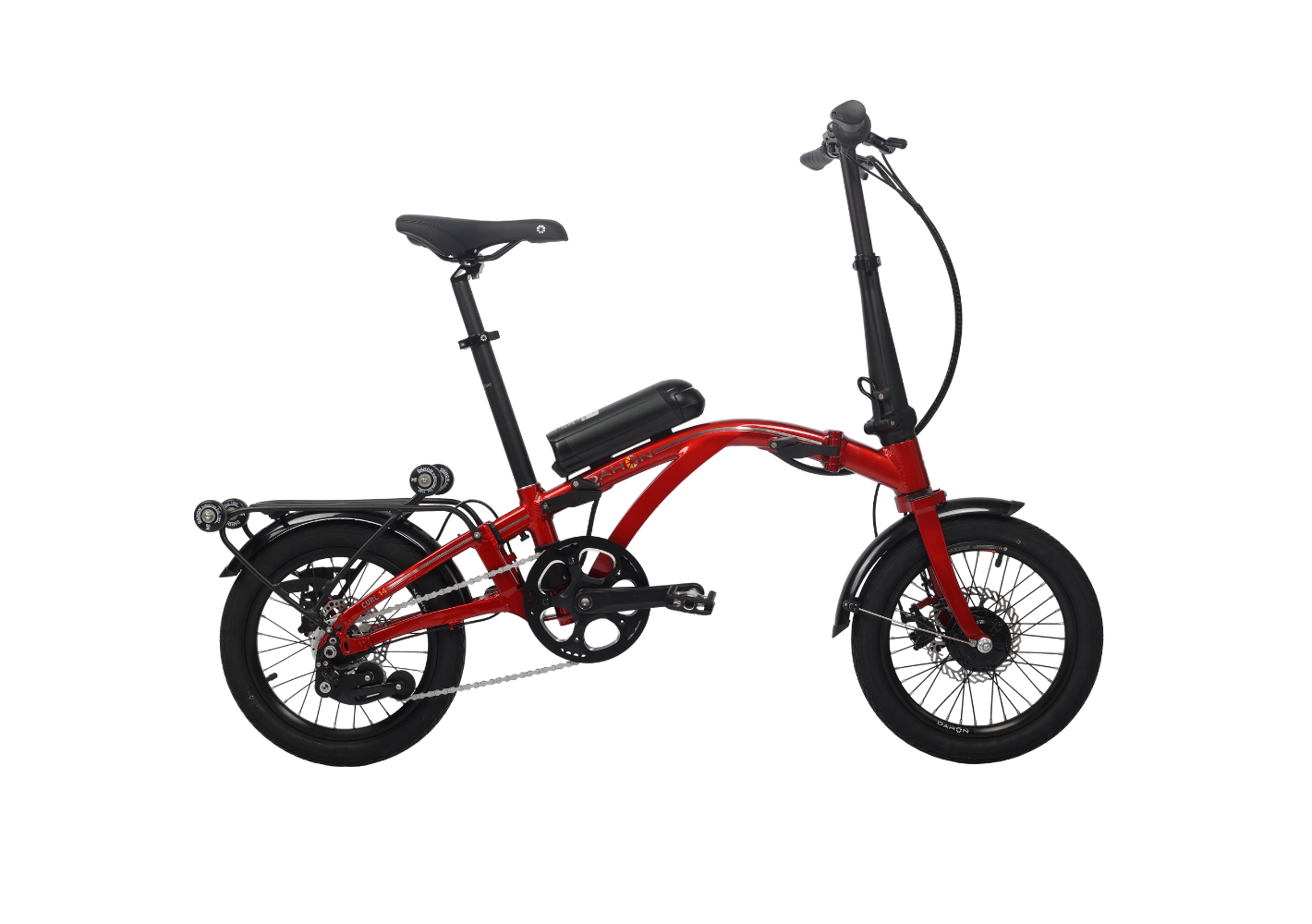

Share:
The Urban Freedom Manifesto: Your City Life Guide with a Folding Bike
From Box to Bike Path: A Beginner’s Guide to Your First Folding Bike Ride